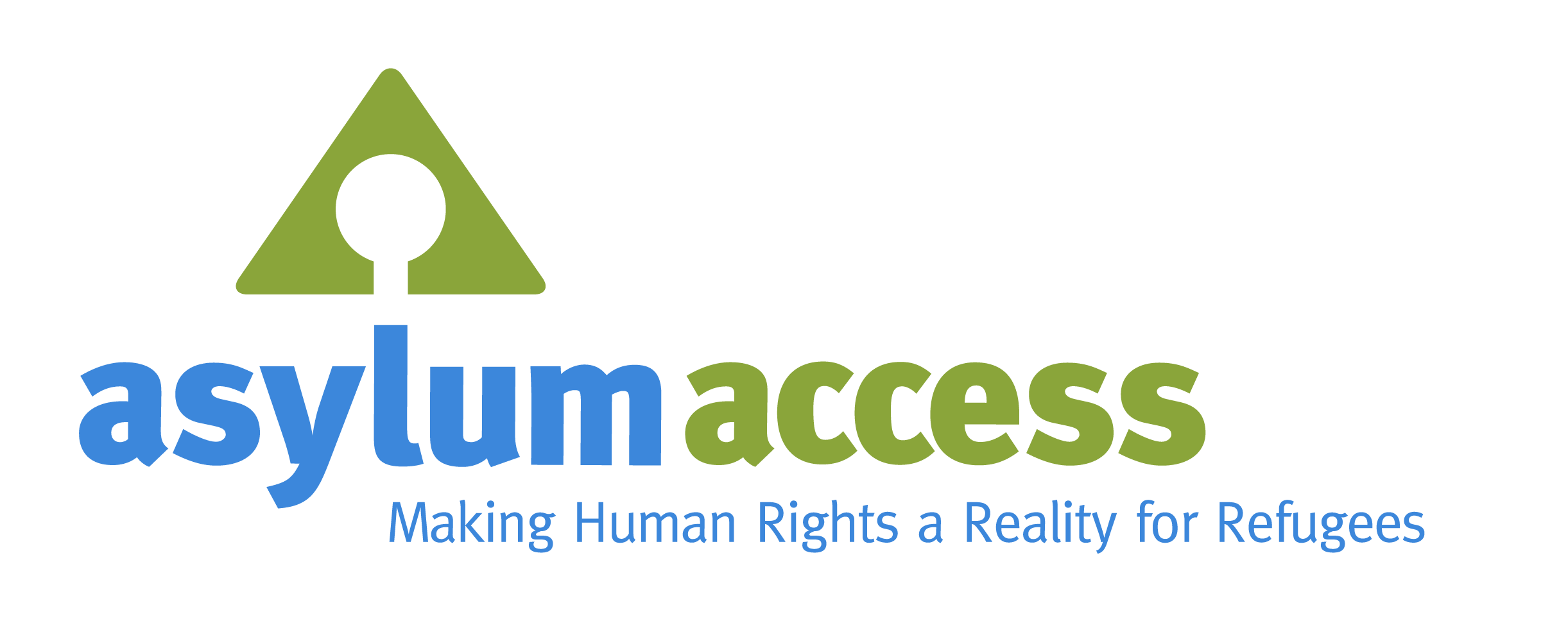
Those are the figures associated with Thailand’s Myanmar refugee population living along the Thai-Myanmar border. Myanmar refugees account for the majority of Thailand’s total registered refugee population, with a smaller number of urban refugees scattered throughout the country’s major cities.
Asylum Access Thailand provides legal counsel and representation to urban asylum seekers and refugees in Bangkok. Both urban and Myanmar refugees must cope with the absence of a legal framework for refugee-status recognition when they enter Thailand seeking safety from persecution. Unlike urban refugees, however, Myanmar refugees have settled in camps along the Thai-Myanmar border for the last 28 years. Recently, their long-drawn-out story has resurfaced in mainstream media following political developments in Myanmar and in Thailand.
Myanmar has been plagued with ongoing civil war for the past 64 years. The conflict began soon after the country’s independence in 1948, sparked by uprisings against the new government and ethnic conflicts in various provinces. Over the decades, the main actors in Myanmar’s internal conflict have been the government and the Karen people, one of Myanmar’s largest ethnic minority populations that have struggled for independence. Fearing violence, death by landmines, and human rights abuses, refugees from Myanmar began arriving in Thailand in 1984.[1] Today, the nine camps along the Thai-Myanmar border and their inhabitants constitute one of the world’s oldest protracted displacement situations.
Thailand is not party to the 1951 Refugee Convention or its companion 1967 Protocol. In fact, it has no refugee law or formalized asylum procedures. Under Thai national law, asylum seekers are technically ‘illegal immigrants’.[2] Nonetheless, the Royal Thai Government recognizes Burmese as de facto ‘refugees’ and as a group with genuine claims to asylum in the border camps.[3] When the Myanmar began to flee their homeland, Thailand began providing them with ‘temporary shelter’ on a humanitarian basis. Decades later, Thailand continues to act as their indefinite host.
Though Thailand appears to tolerate the influx of Myanmar refugees, its policy of closed encampment harshly restricts refugees’ freedom of movement and thus their ability to leave the camps to earn an income or obtain higher quality education. Without the option to work for a living, refugees are entirely dependent on humanitarian aid. Prolonged isolation within the camps has led to social and mental health problems among residents, not limited to domestic abuse and depression.[4]
“It is so strict to live here. There is nothing to do. I am not allowed to go outside the camp. There is no job, no work. So much stress and depression. I feel that I am going to go crazy here.”
⎯Myanmar refugee, Nu Po camp, Tak province, January 2012[5]
Faced with the possibility of stagnating for years in the camps, many Myanmar refugees have opted to sneak out into neighboring urban areas to find employment or to purchase materials unavailable within the camps, risking exploitation, arrest and deportation.
For nearly three decades, Myanmar refugees have been trapped by the boundaries of the refugee camps and by the absence of Thai refugee law or asylum procedures. However, recent events suggest impending change.
On the one hand, there have been significant political developments within Myanmar. Negotiations between the Government of Myanmar and ethnic armed groups have resulted in a series of ceasefire agreements. Incredibly, an end to six decades of war may be within sight and the territories once home to thousands of Myanmar refugees are no longer the country’s battlefields. The semblance of peace, though fragile, has increased the prospects of voluntary return to Myanmar[6].
Meanwhile, sustained advocacy by the international community continues to seek the ratification of the 1951 Convention and pass necessary refugee laws in Thailand. Asylum Access Thailand has been advising a working group of government ministries, led by the National Human Rights Commission, as the group drafts amendments to Thailand’s Immigration Act that would allow refugees and asylum-seekers to remain lawfully in the country until resettlement. This will reduce unnecessary immigration detention, not only significantly improving refugees’ well-being but also allowing them to engage in collective action and civic discourse without fearing arrest.
While it may be too early to predict the outcome of Myanmar’s evolving political situation, the reform of Thai refugee policies would constitute a significant breakthrough in refugee rights empowerment. Additionally, with Thailand regarded as a leader in regional policy, improvements to Thai law could pave the way for similar changes elsewhere in Southeast Asia.
Written by Communications and Development Officer Sandra ten Zijthoff
For more information on the current situation surrounding the Myanmar refugee population, read Human Rights Watch 2012 report, “Ad Hoc and Inadequate: Thailand’s Treatment of Refugees and Asylum Seekers.”
[1] Banki, Susan, and Hazel Lang. “Protracted Displacement on the Thai-Burmese Border: The Interrelated.” Protracted displacement in Asia (2008).
[2]Lang, Hazel J.. The repatriation predicament of Burmese refugees in Thailand: a preliminary analysis. Geneva: UNHCR, 2001.
[3] Section 17 of the Thai Immigration Act of 1979 gives the Cabinet and the Minister of the Interior the power to stay the deportation of illegal immigrants and allow individuals to remain in Thailand temporarily. This has been applied to Burmese asylum seekers who have been permitted to seek refuge in Thailand temporarily under restrictive conditions.
[4] Frelick, Bill, and Adam Saltsman. Ad hoc and inadequate: Thailand’s treatment of refugees and asylum seekers. New York, N.Y.: Human Rights Watch, 2012.
[5] Ibid.
[6] UNHCR. “2013 UNHCR country operations profile – Thailand.” Accessed on 30 July 2013. <http://www.unhcr.org/pages/49e489646.html>
